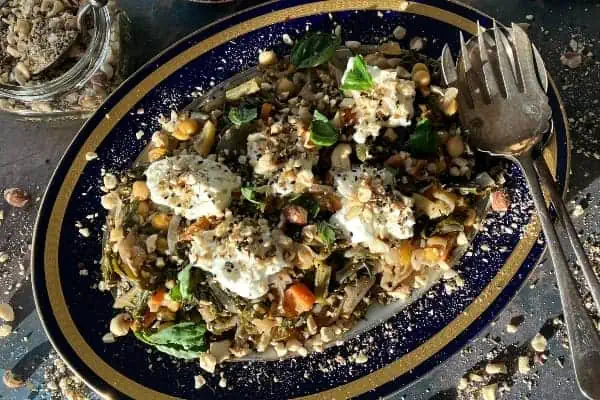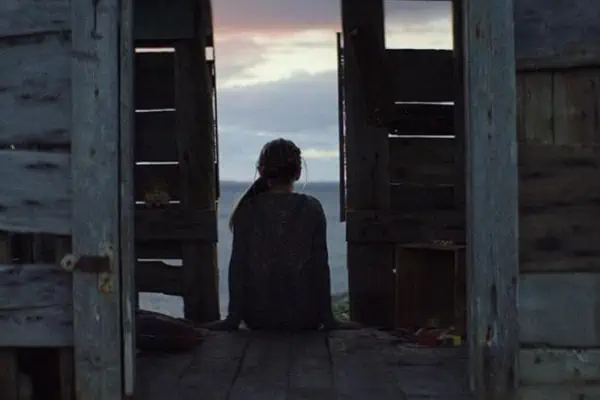As December begins, we reflect on the “High Lights” of November.
Unsettled weather, with cloudy nights, high winds and snow flurries, offered few good opportunities for observing. From the observer’s log …
After being “closed down” for five Saturdays in a row, due to nasty weather, I headed out.
The temperature was a balmy minus-eight with a brisk wind under partly cloudy skies. I left early as snow flurries and 30- to 50-kilometre-an-hour winds were forecast for late evening.
A friend headed to Grey Mountain Lookout Point, earlier, and said that the wind was just howling up at the observing site. Most would have called it quits, but, being an optimist, I was hoping for a break in the weather.
At the observing site, around 10 p.m., I quickly set up the big Dobsonian telescope and the little Borg refractor.
The sky was mostly clear, but the wind had a nasty bite. At least it wasn’t snowing – yet. It felt great to be at the observing site, even if conditions were not the best.
I wanted to try an experiment. Normally, when photographing, I use a computerized eight-inch reflector that can track the stars. Tonight I was curious about what would happen when I transferred the camera gear to my 14-inch Dobsonian reflector with no tracking capability.
Using the eight-inch reflector, with a longer F-stop, makes achieving focus easier with any camera or eyepiece. By using the 14-inch Dobsonian, with a much-faster F-stop, could I focus properly? let alone accomplish quick, unguided photography of the moon?
Before beginning the experiment, I had a quick look at the sights. As Jupiter was resting too close to the horizon for observing, I did some lunar viewing. The moon is a treat for observing, even when conditions are not the best.
Tonight was no exception. With a light layer of clouds occasionally floating in front of the moon, it made for an impressive 3-D view. Normally, when viewing the moon, especially at three-quarters illuminated, you would use a lunar filter (a polarizing filter), which helps reduce glare and makes surface features more prominent, allowing for higher magnifications to see more detail.
That is what I do with my little eight-inch reflector. The 14-inch Dobsonian is a totally different type of telescope, five times brighter, which gathers roughly six times as much light.
This usually makes images way too bright and little or no detail is seen. Tonight, clouds made an excellent polarizing filter by decreasing brightness from the moon.
The view, as always, was astonishing. With the larger telescope, you could see the mountains, craters and lunar seas. Much larger than in my smaller telescope. The real bonus is seeing a much-larger area of the moon’s surface while doing so.
The most-notable sight of the lunar surface was the shadows that crept up the crater walls. In the big telescope, at a magnification of 150, it was a memorable view. You can easily see the outcroppings of rocks and ridges in the craters being slowly engulfed by the slow advance of shadow. The smaller, deeper craters are an impressive view.
Photographing the night sky is time-consuming and requires close attention to fine detail involving small adjustments to cameras, telescopes, computers and mounts. For this reason I always have a good look around the night sky, first; that way, if photography experiments go awry, the entire observing session is not a bust.
Having temporarily satisfied my visual appetite, we turn back to the experiment. First we attach the camera and its adaptors to the big reflector telescope. Through the camera viewfinder, there was nothing but a large blur. The current arrangement of telescope optics and camera adaptors would not achieve focus.
By now, most would have thrown in the towel. This type of telescope was designed for deep-sky observing (galaxies, nebulas and star clusters), not unguided lunar photography.
A bit of a setback, but I was not easily deterred. I quickly rebuilt the camera adaptor array and added a Barlow, the little tube that slides into the telescope focuser, doubles the magnification and doubles the telescopes F-stop while reducing the field of view by half. With a wide-field telescope, this isn’t a problem.
Through the camera viewfinder, lunar detail was easily seen with a bit of fine focusing. Unfortunately, clouds were now covering the moon and destroying opportunity for a decent picture.
Now that I know how to do basic, unguided photography with my Dobsononian, I can’t wait to attempt the experiment again (with the moon high in the sky and without clouds … warm temperatures would be nice, too).
Upon leaving, I noticed a small opening in the clouds to the south of the Grey Mountain ridge. In that opening – there, for all to see – was the constellation Orion, but oriented at a sideways angle. Very cool!
Did anyone see Jupiter and the moon make a close pass in the early-evening sky? It was amazing to see the moon slowly close in on Jupiter. I viewed the pairing with binoculars for about two hours. Jupiter with three of her moons and our own moon, with craters and lunar seas. Even to the unaided eye, a sight to behold.
December is action-packed for night-sky observing, so take some time, head outside and check out those amazing Yukon Night Skies.
Clear Skies, from James “Deep Sky” Cackette.
James “Deep Sky” Cackette can be reached at [email protected]. See his photo adventures on Facebook at Yukon Night Skies.




